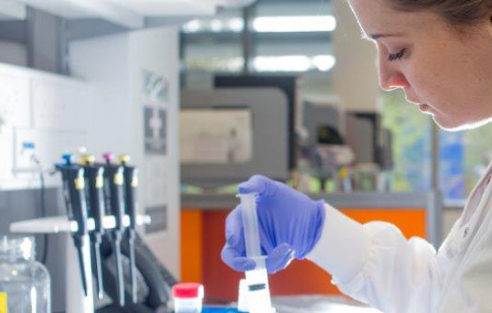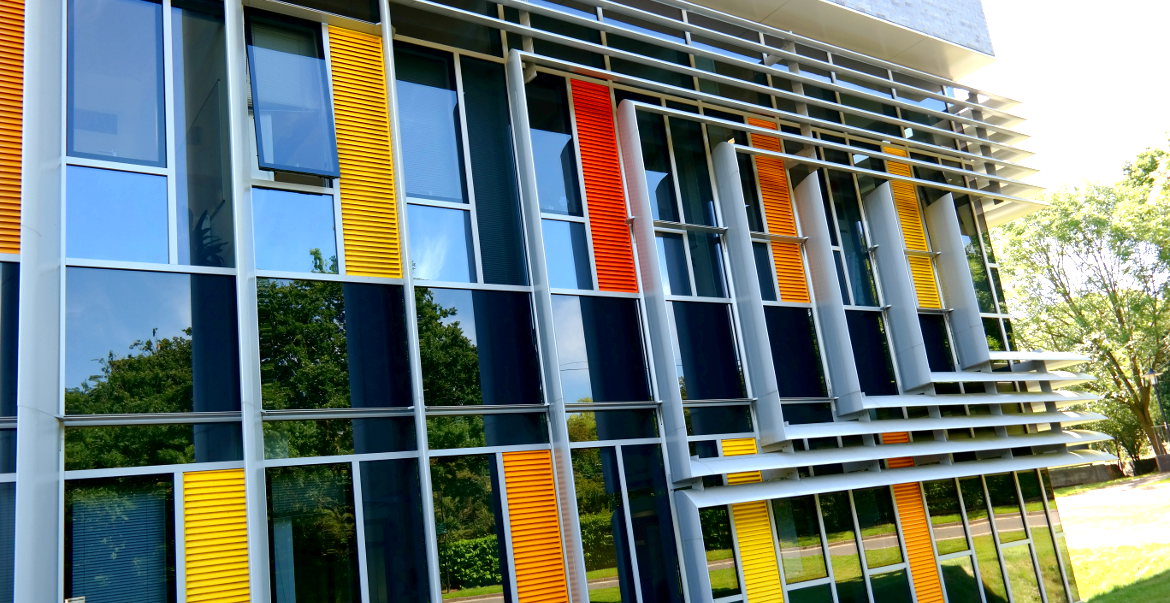Biomedical Sciences
Inspired minds, inspired places
The Biomedical Sciences Directorate (BMS) has a vision to build world-class Discovery Science and Translational Medicine programmes in partnership with the University Hospital Coventry & Warwickshire (UHCW); deliver interdisciplinary educational programmes; and transmit new knowledge to the wider world through an exciting public engagement interface.
Home to 42 Principal Investigators, including clinical and non-clinical academics, BMS has several joint appointments with other departments to drive interdisciplinary work.

Leading edge research centres and programmes
Our Principal Investigators lead key University-wide research centres, externally supported research programmes and innovative education initiatives:
Events and seminars
CMCB Lab Talk - Schneider lab
BMS Insights -Talks from our Principal Investigators: Circadian Molecular Phenotyping for Risk Stratification in Disease Populations, Dr Robert Dallmann; Your Hidden Flu Immunity, Dr Craig Thompson
WMS and SLS Microbiology and Infectious Diseases Seminar: Professor Thushan de Silva, University of Sheffield
CMCB Lab Talk - Burroughs lab
Biomedical Sciences News
Actin arginylation alters myosin engagement and F-actin patterning despite structural conservation
StayRose: a photostable StayGold derivative red-shifted by genetic code expansion
Meet our Principal Investigators
Find out more about our PIs and the important work they lead on.

Inspired minds, inspired places
The Biomedical Sciences Directorate (BMS) has a vision to build world-class Discovery Science and Translational Medicine programmes in partnership with the University Hospital Coventry & Warwickshire (UHCW); deliver interdisciplinary educational programmes; and transmit new knowledge to the wider world through an exciting public engagement interface.
Home to 42 Principal Investigators, including clinical and non-clinical academics, BMS has several joint appointments with other departments to drive interdisciplinary work.

Leading edge research centres and programmes
Our Principal Investigators lead key University-wide research centres, externally supported research programmes and innovative education initiatives:
Leading edge research centres and programmes
Our Principal Investigators lead key University-wide research centres, externally supported research programmes and innovative education initiatives:
Events and seminars
Influenza Update Meeting
CMCB Lab Talk - Schneider lab
BMS Insights -Talks from our Principal Investigators: Circadian Molecular Phenotyping for Risk Stratification in Disease Populations, Dr Robert Dallmann; Your Hidden Flu Immunity, Dr Craig Thompson
WMS and SLS Microbiology and Infectious Diseases Seminar: Professor Thushan de Silva, University of Sheffield
CMCB Lab Talk - Burroughs lab
Biomedical Sciences News
Actin arginylation alters myosin engagement and F-actin patterning despite structural conservation
StayRose: a photostable StayGold derivative red-shifted by genetic code expansion
Meet our Principal Investigators
Find out more about our PIs and the important work they lead on.


